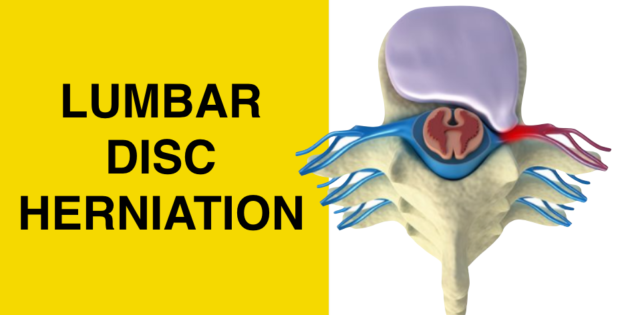Disc injuries in the spine happen for varies reasons and can be called different names depending on their severity. Some terms you might’ve heard before include bulging discs, slipped discs, herniated disc, disc extrusions, and disc protrusions.
When a lumbar disc herniates, most of the time it will move posteriorly. This happens because the back portion of the disc is weaker than the front. The problem with a disc moving in this direction is that can pinch nerves and cause sharp pain among with other sensations.
If the herniated disc presses on the sciatic nerve, you’ll feel sharp pain in the low back and you can also feel sensations going down the legs. These sensations may include numbness, tingling, weakness, and/or sharp pain that can travel all the way to the toes.
Certain movements are known to increase the pain caused by disc herniations. Lumbar flexion (bending forward at the waist) causes an increase in low back pain because it pushes the herniation further back into the nerves. On the contrary, lumbar extension (bending backwards from the waist) brings relief for the majority of people.
If you’re suffering from herniated discs in the low back that cause sciatica, make sure you sign up for our FREE online training The 7 Steps to Heal Sciatica WITHOUT Back Surgery, where you’ll learn the exact system I use in my clinic to help people get rid of sciatica naturally.
Click here now to sign up for the free online training.







